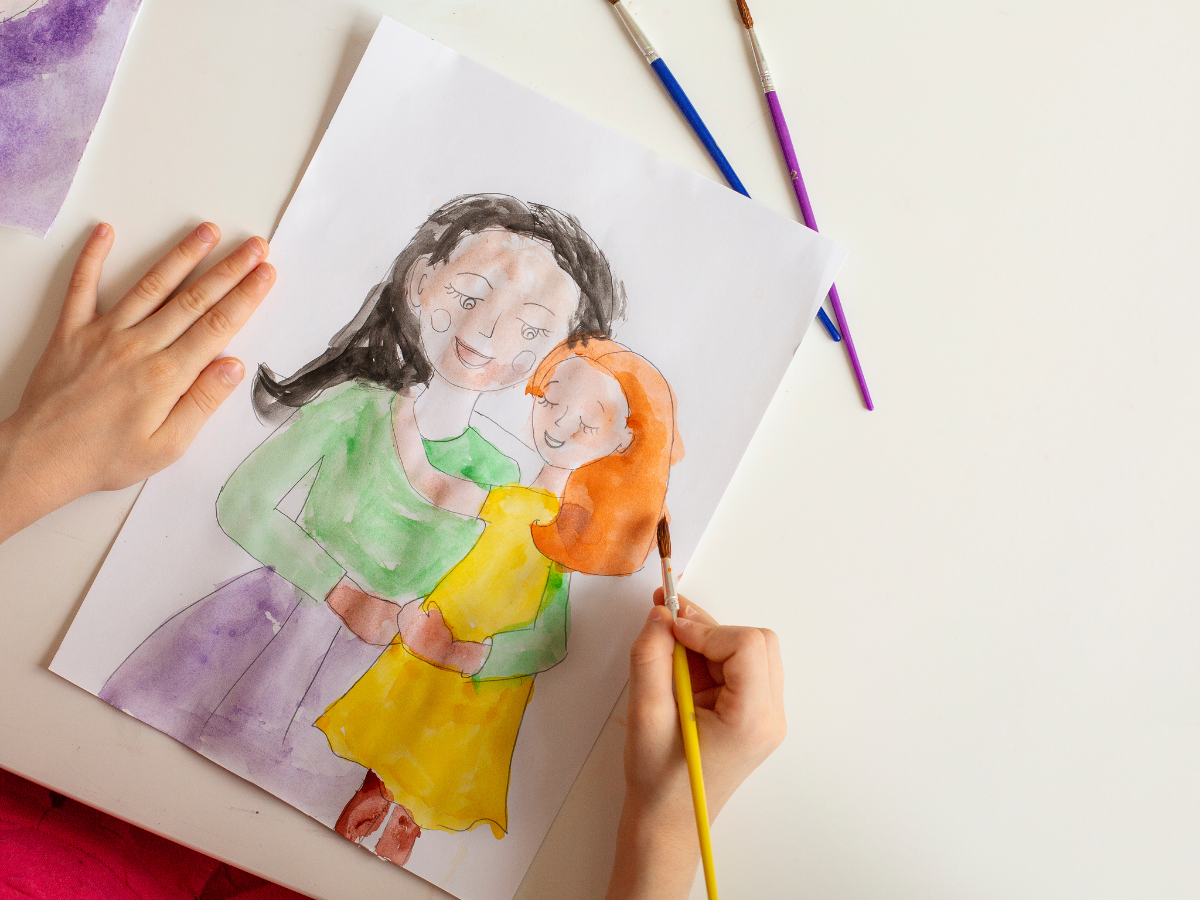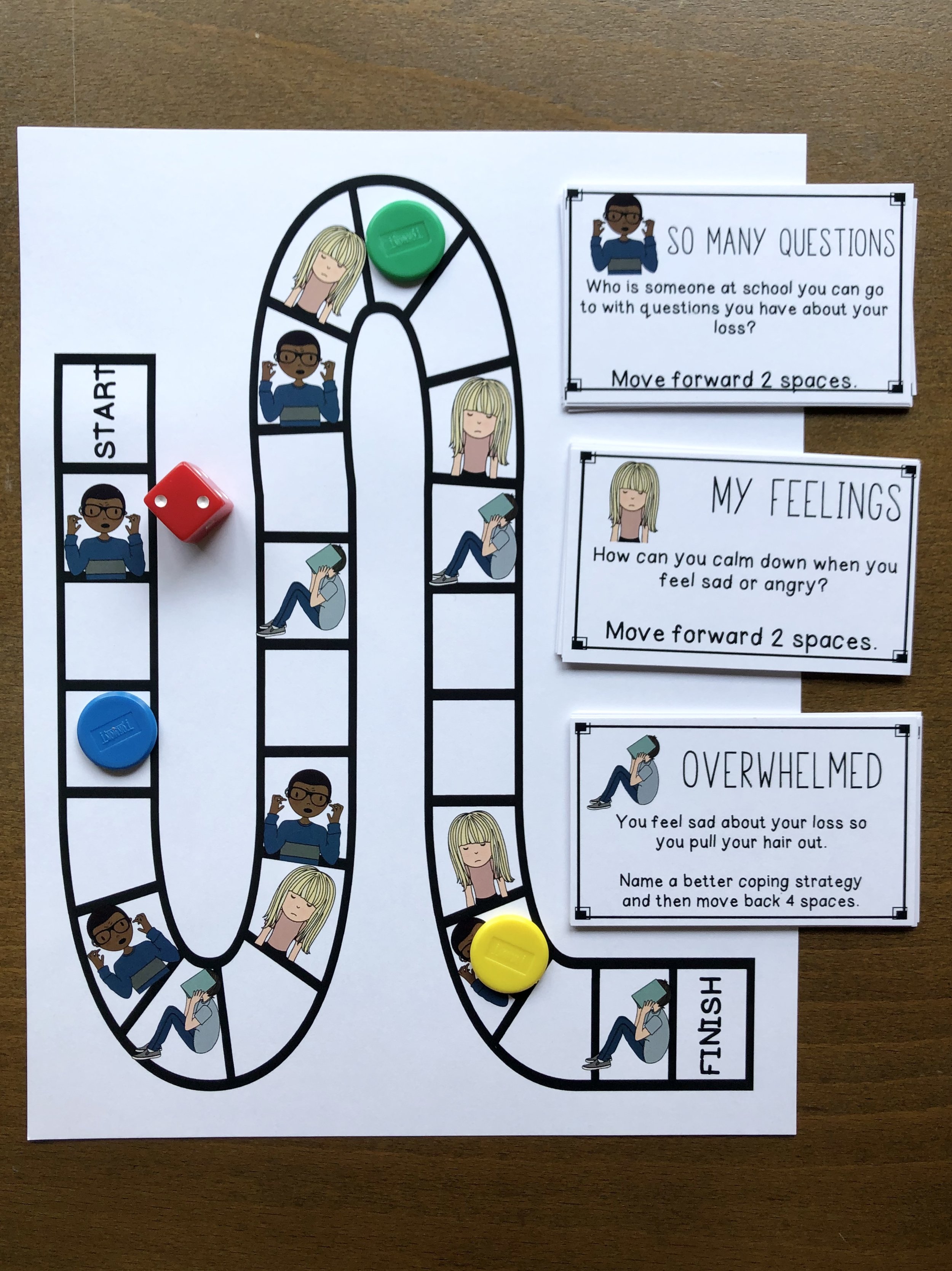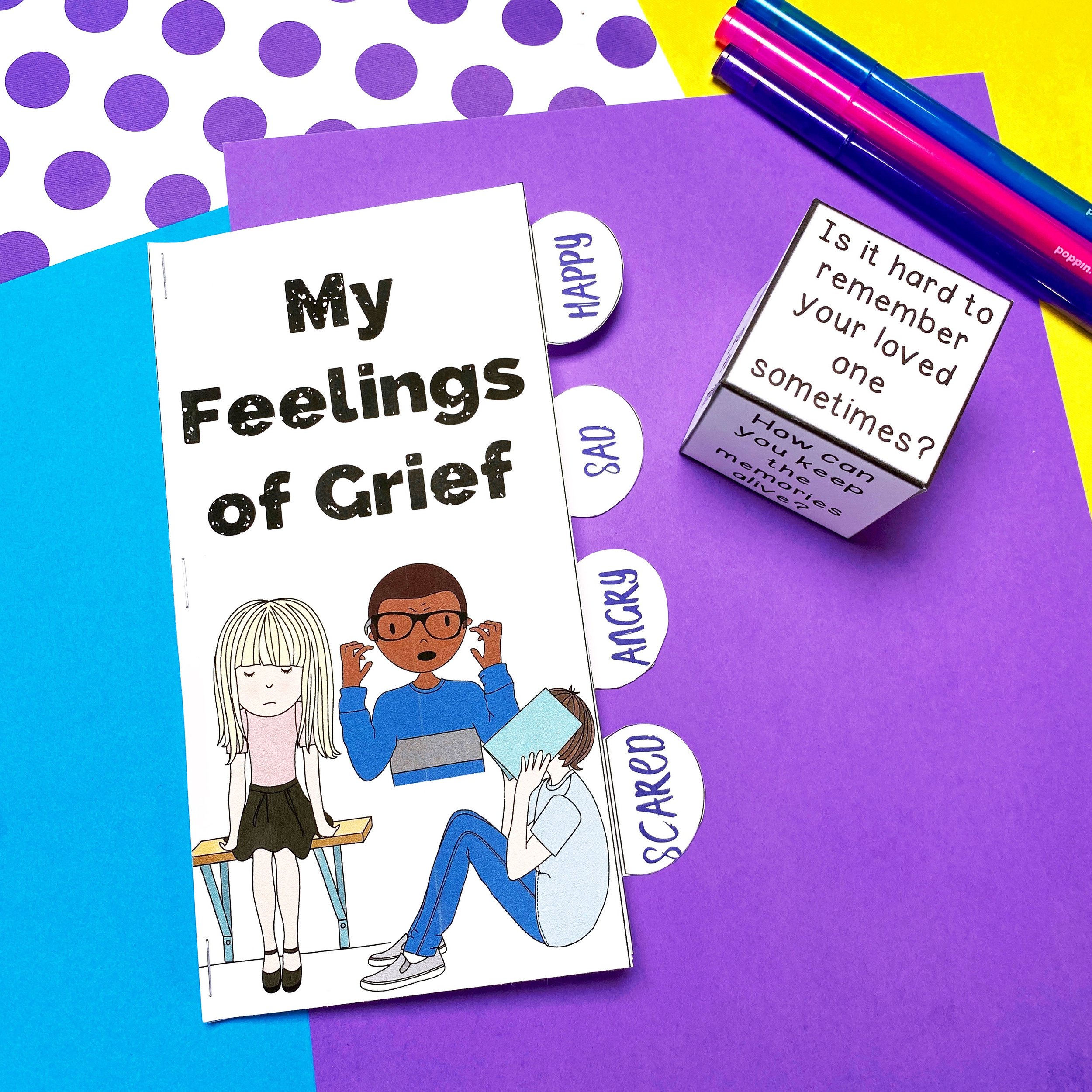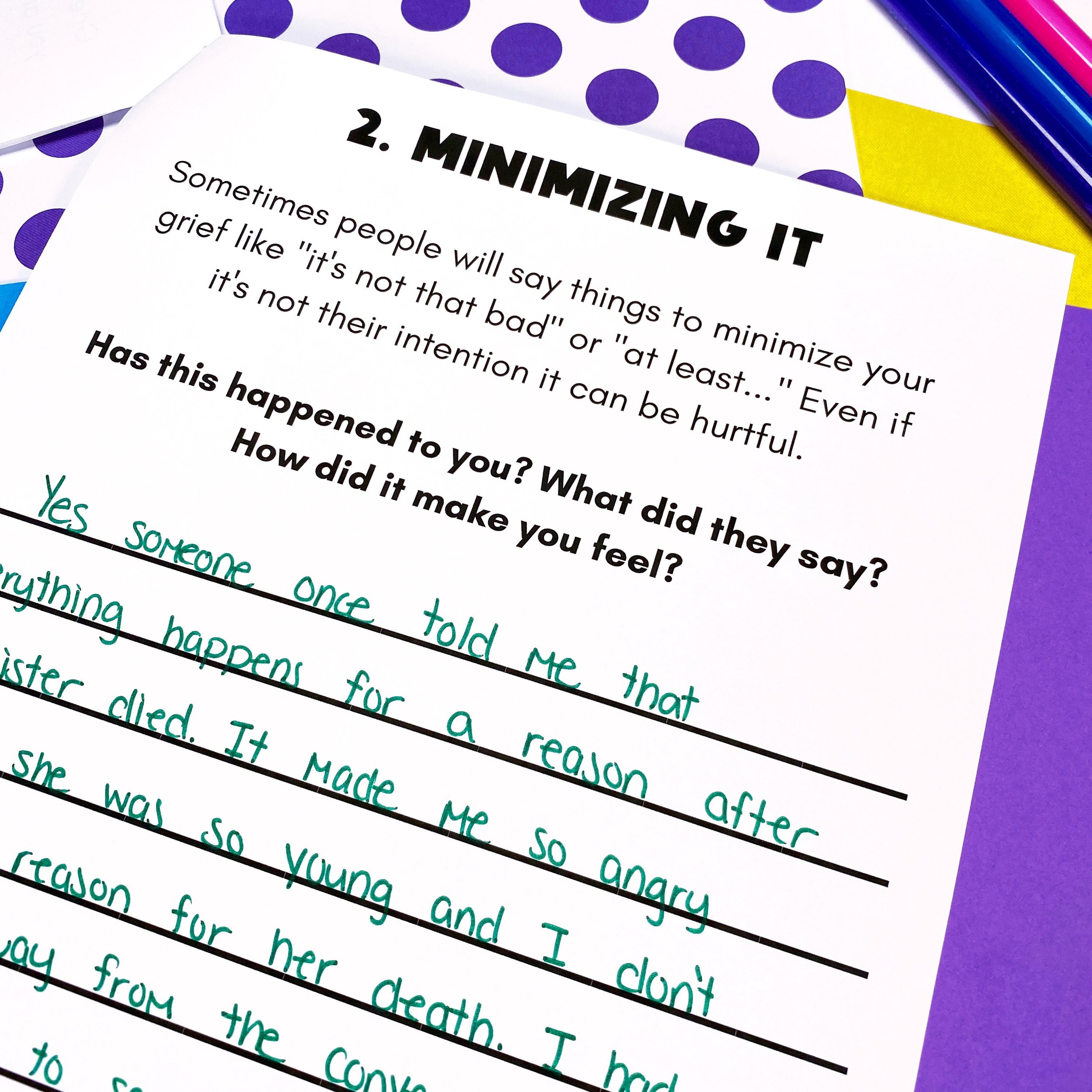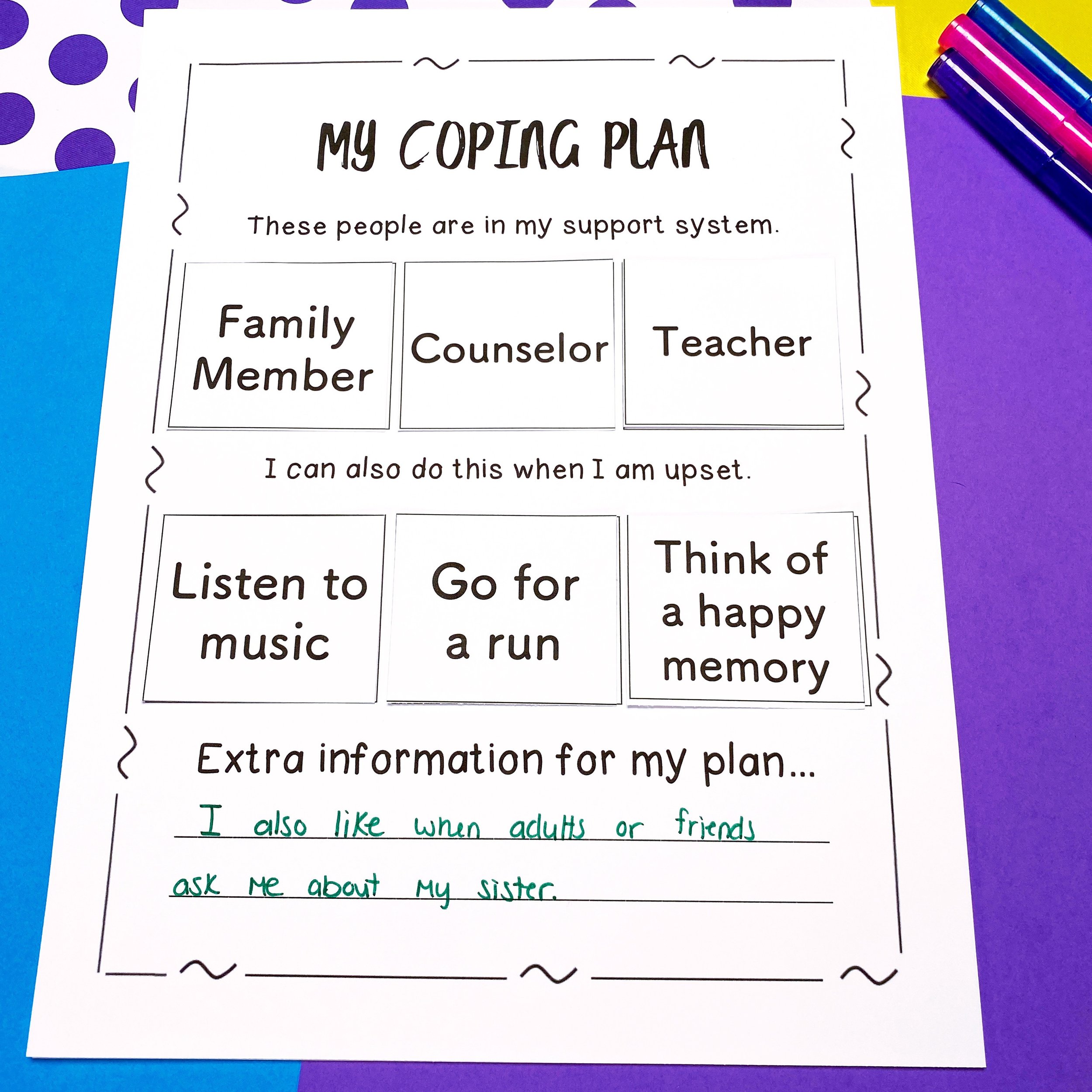6 Meaningful Ways to Help Students Navigate Grief in Individual and Group Counseling Sessions
The past year and a half has been hard on us all, to say the very least. We have all experienced losses we were not prepared for. With the pandemic far from over and newer complexities arising daily, we continue to grieve. Many of our students have lost loved ones too, and now more than ever, grief counseling is the need of the hour, especially in our schools. That’s where you and I come in. Grief, of course, is not limited to death alone but could also be related to divorce, incarceration, or transition.
Grief is never a fun topic to delve into, yet an important one that must be handled with utmost fragility. So if you’re wondering how to make your individual and/or group grief counseling sessions more meaningful, here are a few effective tools you could incorporate.
6 Meaningful Ways to Help Students Navigate Grief
1. Discussion Cards
Starting a conversation about grief is not the easiest thing but here’s where you can use discussion cards to have students that you meet individually or in a group, talk about how they feel and how they are coping with the loss of their loved one. When working with my lower elementary kiddos, I ask them to draw a feelings card and then share a time they felt that way related to their loss. As an alternative, and with older children, you could use pre-designed discussion cards as conversation starters. Having students speak about the one thing they miss most about their grandparent who died or their happiest moment with that person, opens up an opportunity for you to build rapport, validate their feelings, and also determine the direction and content of your next session.
2. Stories
One of my most important to-dos at the start of the school year is ensuring my SEL library is updated with books that deal with big emotions, grief being one of them. It is often through read-alouds that younger children are able to see similarities, make connections, identify and label their own feelings following the loss of a loved one or even of a pet, and verbalize better how this loss has impacted them. Apart from providing kids with appropriate vocabulary, I also like using story books as this is easily the calmest and most non-threatening way to start navigating grief with students, be it individually or in a group. The Invisible String by Patrice Karst is one I really recommend for discussing feelings and emotions of grief. This one is not only helpful for students working through the death of a loved one but also for divorce and incarceration. Another favorite is The Memory Box by Joanna Rowland. A read-aloud of this book could be followed up with a craft activity.
Grappling with grief is not easy and some children may not be able to fully comprehend or make connections from a story unless there is enough personalization and visual cues. That’s when I prefer using social stories as they provide more concrete information that can be represented visually to make understanding, connecting, and expressing a whole lot easier.
3. Journaling
With upper elementary and above, journaling is a powerful tool in grief counseling. Using a grief journal consistently over the entire duration of your sessions is a good practice. Journaling could be a closing routine. While some students express themselves more freely than others, using reflection prompts helps. While initial prompts could be related to what grief means to them and which feelings are hardest to deal with currently, prompts that could be used later on could include identifying a strong support system and even setting a grief goal (example: to stop feeling it’s my fault that my parents got divorced). This journal could be digital or printed, based on their preference/convenience.
4. Letter Writing
In my experience, there have been students who prefer to write than to talk about their feelings surrounding grief, especially if it’s in a group setting. Nonetheless, writing a letter to someone they have lost, is a great way to help our kiddos sit with their big feelings and express them more articulately. For many, an activity like this provides closure. For others, it’s a way of still being able to communicate with their loved one who is no longer around. If needed, you could provide prompts or sentence starters that might make letter writing a therapeutic exercise.
5. Games
As surprising as it may sound, games are an excellent way to help your students navigate grief. With my individual students, I organize a grief themed scavenger hunt which involves hiding typical household objects in my office which the student eventually finds and then gets to share about how/why that object relates to their loss.
Show and Tell is another way to get students talking about their feelings surrounding grief. You could ask your student/s to bring three objects that remind them of the loved one they’ve lost or you could be more specific and ask them to bring one object that reminds them of a happy memory, another that belonged to their loved one, and maybe the last object could be something special that was gifted to them by the person who died.
Board games are also a great way to work on grief coping skills, identifying support systems, or even reframing negative thoughts. Wondering how it works? Check out my Grief Board Game.
6. Crafts
I have found that craft based activities work well especially when dealing with heavy feelings such as grief. Some students might benefit from creating a flipbook in which they can draw and write about their memories (which they can later share with you if it’s a one-to-one session or with the group in a tier 2 setting, if they are comfortable doing so).
My third graders once created a memory box to celebrate the life of a classmate they had lost in an accident. It contained all the special things that reminded them of him. Initially, the memory box was part of their classroom decor, but at the memorial, they decided to present it to the family of the classmate they had lost. (I’m not crying. You’re crying!)
A memory bracelet or band is another activity that my kiddos have loved, in both individual and group settings. I hand students different shades of yarn to braid together. Each color represents a different memory they shared with their loved one. You could either guide them or they could come up with a color-code of their own (example: blue: a vacation memory, orange: a family memory, etc). I encourage students to share their memories as they make these bracelets.
Additional Resources for Grief Counseling in the School Setting
Need more help planning your grief counseling sessions? Check out my 5-week Memory Keepers Grief Group and my recently launched Grief and Loss Individual Counseling Curriculum that contains a variety of Tier 3 grief counseling activities, a student journal, grief exercises, best practices, a counselor’s implementation guide, and of course all the data tracking tools you’ll need. Grief counseling is hard enough as it is, so I created these to relieve you of the planning burden as well.
What activities do you use for grief counseling sessions with your students? Is there something new that you’ve read about in this blog post that you plan to try? Let me know in the comments!






